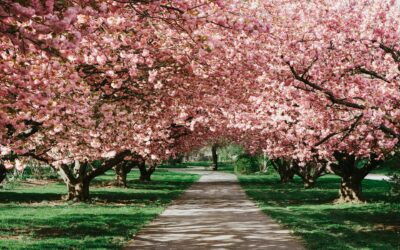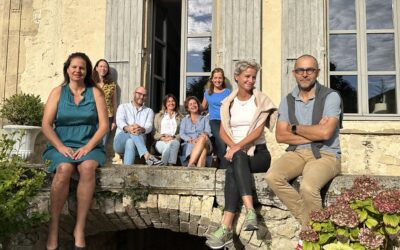Charly’s Team can help you plan expeditions that may seem impossible. Discover a hidden world that is only very rarely mentioned, which will intrigue and captivate you. Allow us to take you on a journey off the beaten track, to dust off old travel plans that may seem impossible to realise; we will help you rediscover forgotten dreams and rekindle old passions.
In the Queen of Sheba’s country.
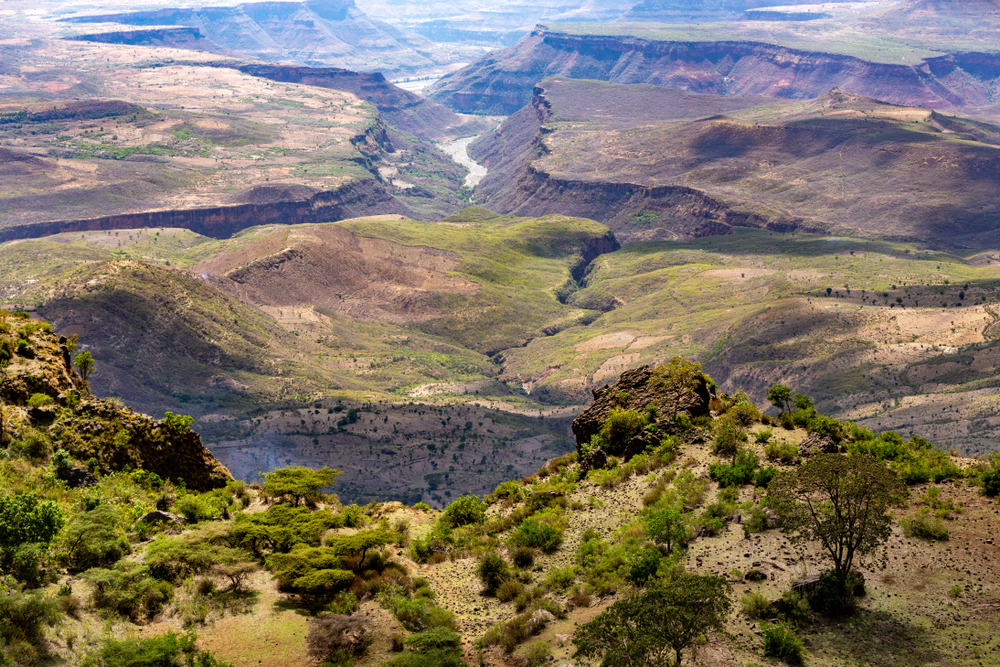
Within one of the very first Christian nations, in the heart of Ethiopia, in a mountainous region 2600 metres above sea level lies the famous site of Lalibela. Classed as a UNESCO World Heritage site, the town is famous because of its eleven cave churches. The complex of churches has become a holy site for Christians, a place of pilgrimage and devotion. Each of the monolithic structures is carved majestically into the rock at the top of cliffs, dug 40 to 50 metres into the earth and sculpted with openings in the form of crosses, which flood the buildings with sunlight.
They were constructed by order of King Gebre Mesqel Lalibela, who wanted Orthodox Christians in Ethiopia to have their very own Jerusalem.
Some of the churches are easy to access, whereas for others, a short walk is required, or a short climb along the cliffs, which adds to the pleasure of visiting these mythical places.
In terms of unusual encounters, you will be able to visit a utopian socialist community that lives in the heart of the only African country that has never been colonised. In the Amhara region, the 400 or so members of the Awra Amba community who reside here reject gender inequality, child abuse and enforced religion; their core humanist values are upheld through their way of life.
But there is so much more to Ethiopia: the desert of Dallol, the mountains of Gheralta, the monkeys in the Simien Mountains, the Blue Nile Falls waterfall… a journey here is full of surprises and adventures, through the unexpectedly diverse landscapes of the Horn of Africa.
Best time to visit: from September to April.
Pura Vida by night
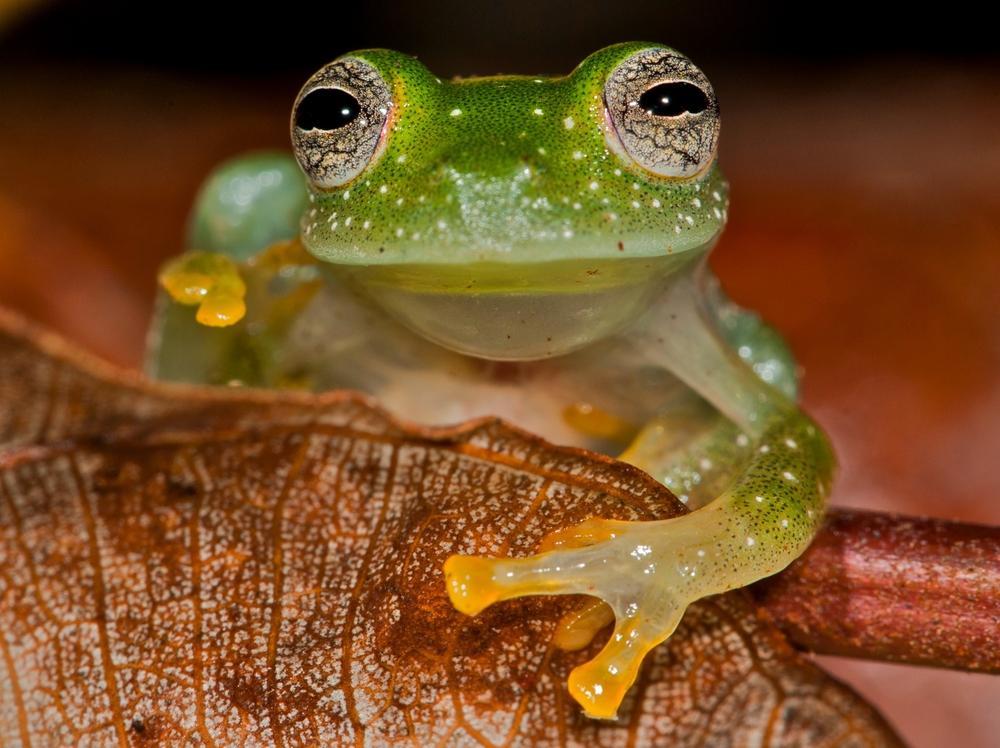
Costa Rica is considered by visitors to be one of the most beautiful countries in the world, thanks to its cloud forests, volcanoes, rivers and beaches. Home to 6% of the world’s biodiversity, this country, which is subdivided into protected areas, features wetlands along its Caribbean coastline and very lush nature reserves on its Pacific side. All of this provides countless opportunities for well-being, relaxation, but also adventure and even adrenaline. The experience becomes even more magical at sunset, especially in the west, because most of the fauna is active at this time of day, with some animals coming to life only at night.
The jungle will unveil its mysteries to you through certain species that are not easy to spot during the daytime! Alongside expert guides, equipped with a special UV torch, you will explore this stunning ecosystem.
The atmosphere becomes phantasmagorical, with colours ranging from bright green to deep black, the air filled with the sounds of millions of animals, including insects, birds, amphibians and reptiles! No, that strange sound in the darkness is not a figment of your imagination, but came from a nocturnal creature… Don’t miss the red-eyed tree frogs – the stars of the show – transparent yet quite shiny, the miniature red and blue ones, or the black and yellow ones.
Another curiosity to experience – depending on the season – can be witnessed on the shores of the Pacific Ocean, in the north-east of the country. In the darkness, you will follow the traces of the olive-green turtles that come here to lay their eggs on the shore, close to the surging waves of the sea.
Have you heard of bioluminescence, a fascinating phenomenon, when the ocean is lit up at night? This is a defence mechanism used by living organisms such as fireflies, deep-sea fish or plankton, that are reacting to their predators by producing light when they feel threatened. An inimitable spectacle, to watch ideally from a kayak on the waters off the Nicoya Peninsula, so as to produce your own movements in the water and trigger this phenomenon.
Costa Rica is also home to the slow-moving two-toed or three-toed sloth; quetzal birds, with their emerald-green backs that contrast with their ruby-red bodies; the great potoo bird, a master at camouflaging with its environment; and of course, the keel-billed toucan. Bigger specimens may be spotted, such as large American crocodiles, which have made themselves at home along the Rio Tarcoles River; the Baird’s tapir, an endangered species; and with luck, rare big cats such as jaguars or pumas.
Best time to visit: the country is accessible all year round, but note that March and April are the hottest and busiest months. For expeditions into the tropical forest, choose the months from April to November, the rainy season, avoiding September.
Perseverance, somewhere in the Furious Fifties
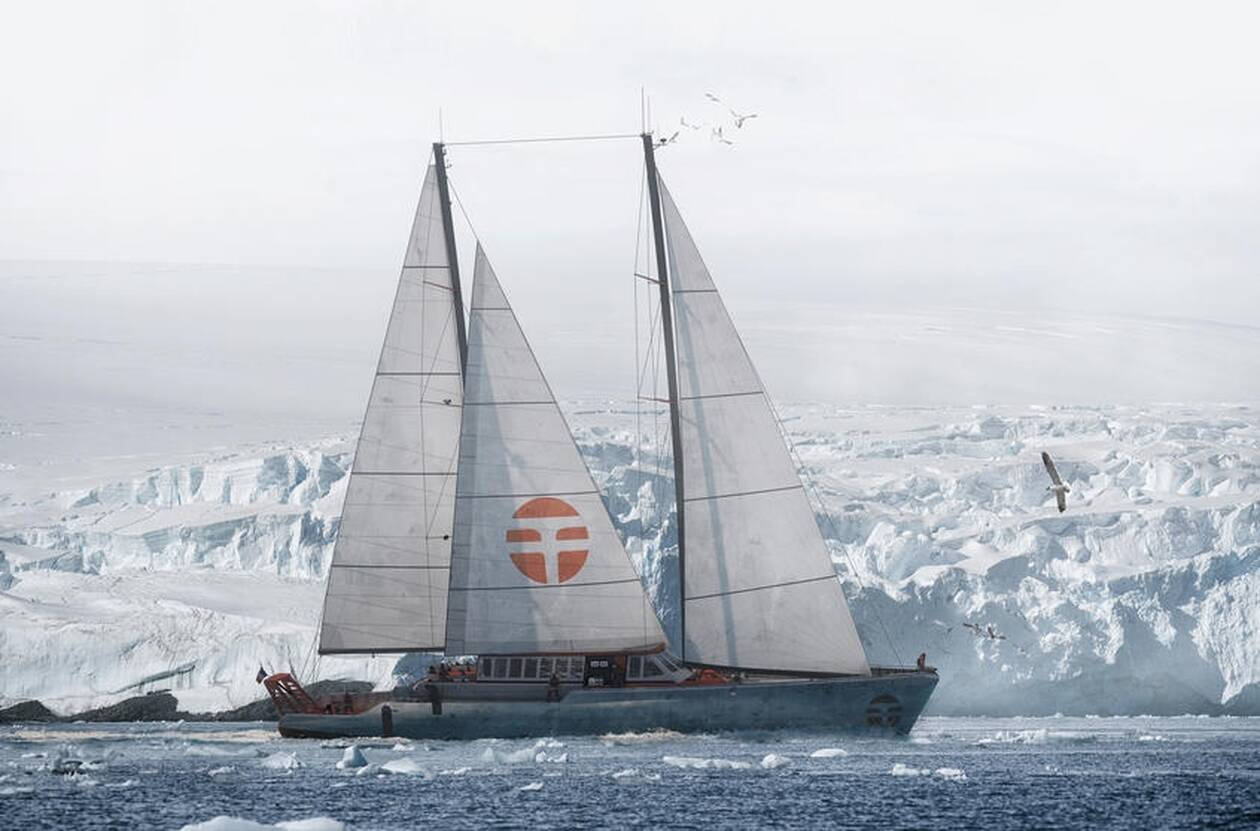
Photo ©NICOLAS GAGNON-LUXIGON
I
An indefatigable explorer and the first man to have reached the North Pole on a solo expedition, Jean-Louis Etienne has been hosting unusual cruises since the spring of 2023, giving travellers the unique opportunity to travel on board a vessel meant for adventure and science.
The master of the vessel sums it up perfectly in his own words: “these are ecotourism cruises aboard a mythical sailboat that will be used for the greatest and most daring oceanic expedition of modern times”.
The crew, made up of 8 people, is able to look after up to 12 passengers in the cabins, located in the ship’s hull, which is made of reinforced aluminium to navigate in the polar waters. Those lucky enough to join the cruise will discover Greenland and Spitsbergen. Some passengers have already been able to sail around Vietnam. The famous explorer will join the vessel on certain legs of the journey.
Whilst navigating, you will discover the secrets of the sailor’s trade, as well as those of the explorer and scientist. Each contributor will introduce you to his world, will help you understand the purpose of this mission and the importance of the boat’s maps and manoeuvres.
This autonomous ship – 42 m long and 11 m wide – is capable of sailing and carrying out measurements in the tumultuous seas of the Antarctic, and will subsequently become the logistics and supply base for Polar POD. The latter is a very long-term project, involving a “vertical vessel” designed to drift off the coast of Antarctica for at least three years, starting from 2024. Polar Pod will take samples from the sub-Antarctic current, and the data collected in real time will be shared with the international scientific community.
Perseverance is currently (May 2023) on route between Brest and Trömso (May 2023).
All aboard!
Contact us for more information or for available slots.

